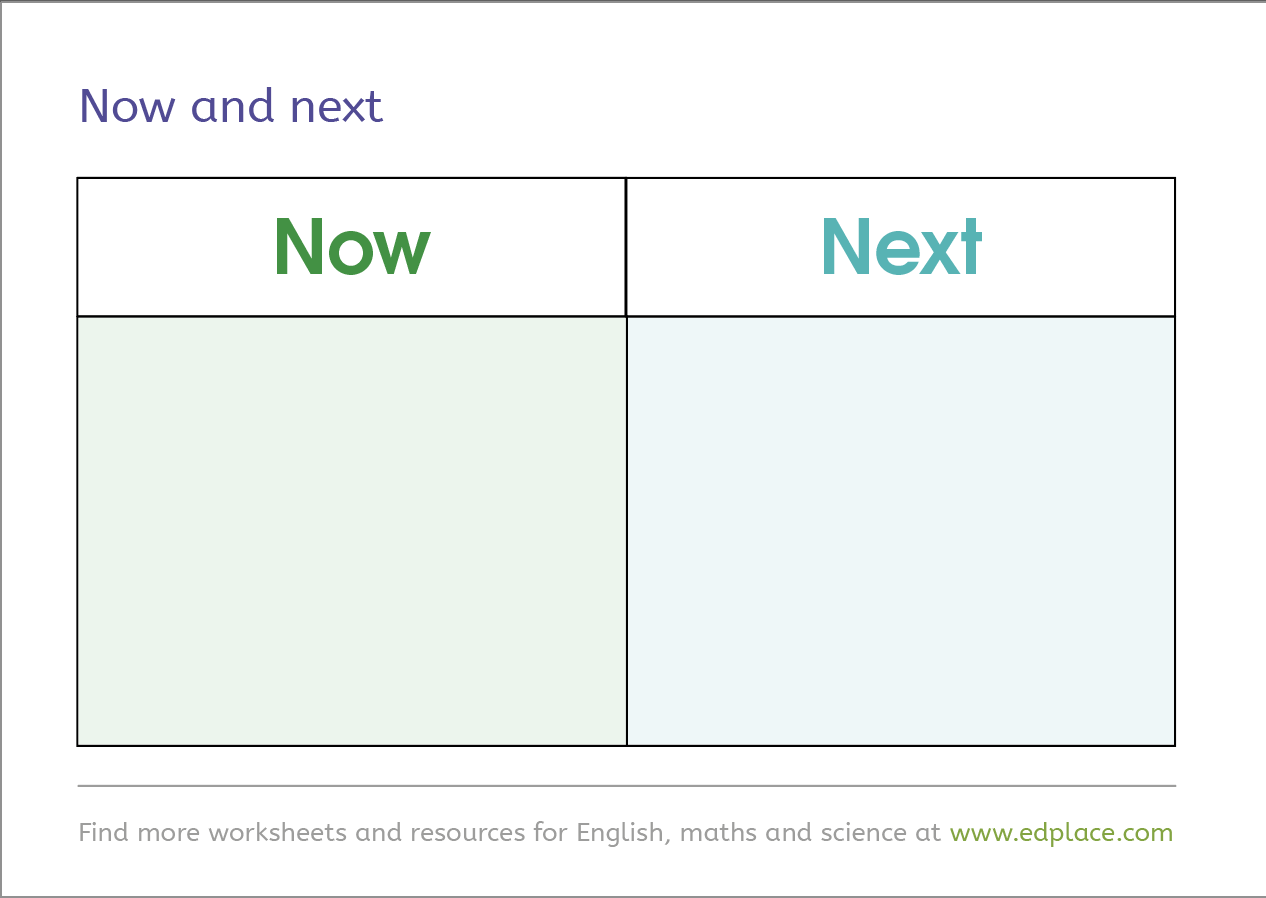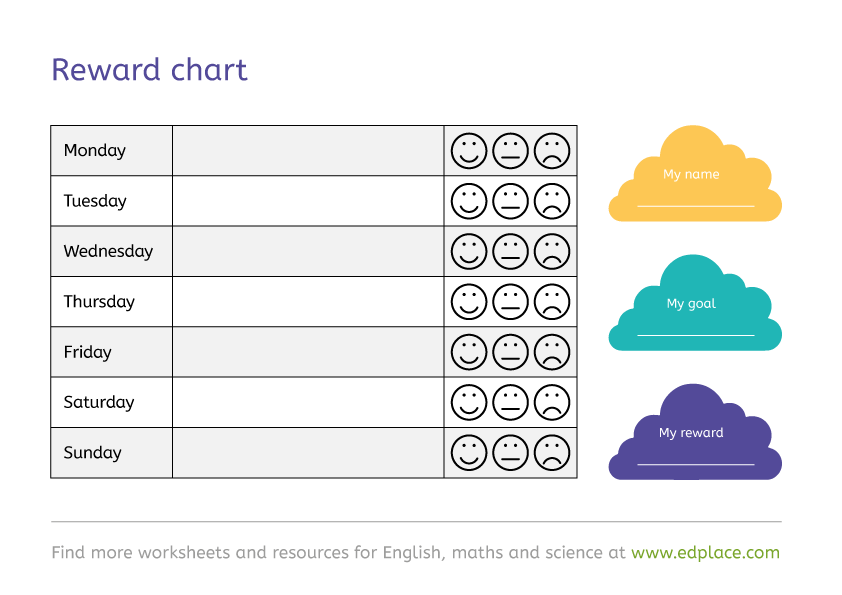How important is it to read body language?
Research says that body language makes up an incredible 55% of our communication whilst words make up only 7%. Challenging if you’re not good at tuning into postures, gestures and facial expressions!
Students with Autism, Global Delay and Foetal Alcohol Spectrum Disorder may find understanding body language difficult. Facial expressions can be puzzling, especially if eye contact is an issue. When students then have to link body language to an appropriate response, this becomes harder still. Communication involves many different skills. We choose and use appropriate emotions for social situations, so that communication feels comfortable. Our listening skills change what’s heard into meaningful thoughts that we understand.
Body language has to mean something so we can pick up on accompanying cues that fit with the thoughts that are being turned into speech. Spontaneous skills for most, but in conditions such as Asperger Syndrome, where one or more of these skills may not be fully developed, supporting students to apply these is crucial for better communication.
Body language needs to be taught explicitly
Talk to your child about:
- Eye contact. Important for most people when talking. Is eye contact painful or unsettling for your child? Eye contact keeps a conversation going and conveys lots of feelings.
- Posture and body movements. We get cues from a person by the way that they sit, walk, stand or hold their head.
- Facial expressions. We know by someone’s face if they’re happy, sad or angry even if they’ve not said anything!
- Gestures and movement. Discuss what waving and pointing mean and that people use their hands to illustrate what they’re saying.
Body Language
What is it and what does it mean?
- Personal space. Talk about how standing too close to someone may be seen as threatening or aggressive. See the EdPlace SEND hub on Social Cues and Etiquette.
- Tactile talkers. Discuss how some people touch others when talking. This may be friendly but may not be acceptable to some people. Touch conveys various messages too from a friendly, reassuring arm around the shoulder to a controlling grip.
- Tone of voice. How we say things often helps the interpretation of actual words spoken. We know when someone’s interested in what we’re saying or if they need to finish the conversation quickly to get away!
Sometimes what’s said doesn’t match the body language and mixed signals become further confusing. Most of us can spot whether what someone says matches their body language and from this we learn to trust and build relationships with others. If they don’t match, then we become wary or confused by the other person. All theseimportant signs may go unnoticed by some students.
Body language still sends messages when we say nothing and this is significant because body language can engage, hurt, endear or alienate us from others.
EdPlace looks at common expressions that students may see in school every day. There are many others of course and they sometimes depend on how both the face and gestures work together as to how we interpret them.
Body Language resource
Use our resource as a visual supportive worksheet during ELSA or social skills sessions.

How can EdPlace help?
EdPlace students progress by over 150% across English, maths and science over a school year. Help your child achieve their best through access to thousands of online worksheets, assessments and revision materials from year 1 to GCSE. EdPlace is the only online learning platform that has SEND accessibility options!












